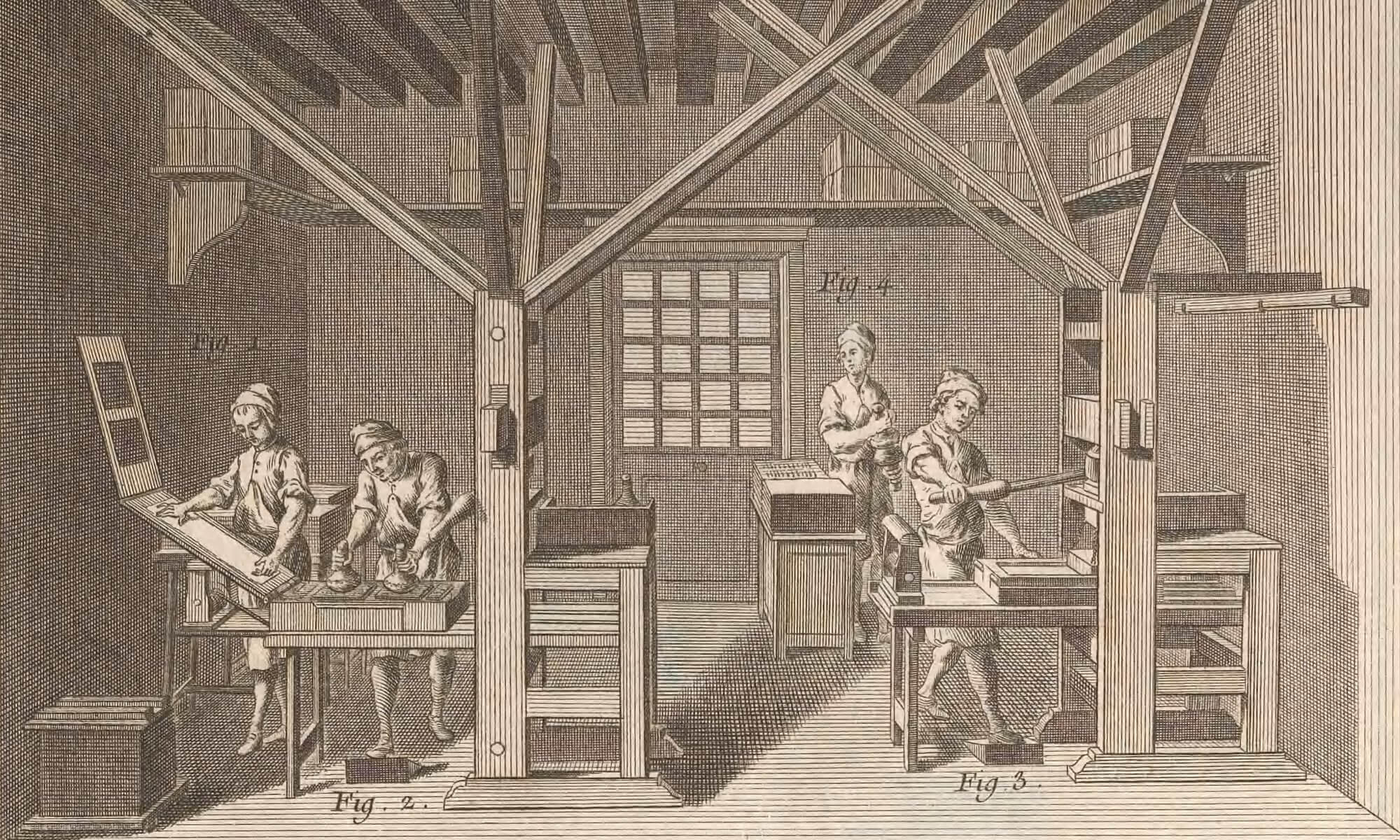Recognizing the Different Kinds of Book Printing Options Available Today
In today's publishing landscape, publishers and writers experience a range of Book printing choices. Each technique, from traditional offset printing to modern-day digital techniques, offers unique advantages and obstacles. Comprehending these choices is important for making notified choices. As the market progresses, brand-new options like print-on-demand and self-publishing systems arise, providing opportunities for specific niche markets. The ramifications of these alternatives can greatly influence the success of a publication. What should writers think about when picking their printing approach?
Offset Printing: The Conventional Technique
Offset printing, a cornerstone of the posting industry, is renowned for its effectiveness and high-quality result. This typical approach includes moving ink from a plate to a rubber blanket, which then uses it to the printing surface area. This strategy guarantees consistent color precision and sharp imagery, making it a preferred selection for big print runs.

Many authors depend on offset printing for its dependability and resilience, assuring that books stand up to the examination of time. This technique not only supports conventional posting but likewise meets the demands of diverse genres and layouts.
Digital Printing: Adaptability and Rate
Digital printing has actually emerged as a contemporary alternative to standard methods, using significant advantages in flexibility and speed (book printers near me). This modern technology permits fast turnaround times, making it optimal for projects with tight target dates. Unlike standard printing, which commonly requires substantial arrangement and longer manufacturing runs, digital printing can fit smaller sized quantities without sacrificing quality
It enables simple adjustments such as changes in text or images, permitting authors and publishers to make last-minute modifications without incurring considerable prices. Digital printing supports a vast range of materials and formats, dealing with varied imaginative demands.
This flexibility extends to shade administration and proofing procedures, permitting exact shade matching and high-quality results. Electronic printing has come to be a preferred choice for independent writers, little authors, and organizations looking to generate top notch publications efficiently. In a progressively fast-paced market, its adaptability and speed are very useful assets.
Print-on-Demand: Cost-Effective Solutions
While traditional printing methods often require significant in advance investment, print-on-demand (SHELL) uses a cost-effective remedy that aligns with the needs of authors and writers. This model permits authors to print books as they are bought, eliminating the need for big print runs and minimizing excess supply. Authors can concentrate on quality and web content instead than fretting regarding storage and unsold duplicates.
POD allows authors to provide their books in different styles without sustaining substantial expenses for each version. This adaptability sustains particular niche markets, allowing writers to reach specific target markets without monetary danger. Additionally, read more vessel solutions commonly manage circulation, making it simpler for writers to obtain their books into the hands of visitors. Generally, print-on-demand represents a modern strategy to posting, making it available for both established and new authors aiming to minimize economic obstacles while optimizing their creative possibility.
Self-Publishing Platforms: Navigating the Options
With the rise of print-on-demand solutions, writers currently have much more options than ever when it involves self-publishing. Countless systems have emerged, each offering one-of-a-kind attributes customized to various demands. Amazon Kindle Direct Posting leads the marketplace, enabling writers to publish both electronic books and books conveniently. IngramSpark is another option, supplying larger distribution possibilities, especially for print duplicates in libraries and bookstores.
Smaller sized systems like Lulu and Blurb satisfy specific niche markets, making it possible for authors to develop aesthetically distinct books - book printers near me. In addition, platforms such as Draft2Digital and Smashwords assist in electronic book circulation across several retailers, simplifying the procedure for authors
Picking the ideal self-publishing platform entails thinking over at this website about elements such as costs, distribution reach, and user experience. Authors must look into and review their choices to discover the very best fit for their publishing objectives, ensuring their work gets to the intended target market effectively.
Eco-Friendly Printing: Lasting Selections for Authors
As recognition of ecological issues grows, numerous writers are seeking green printing choices that decrease their carbon impact - book printers near me. Different sustainable options are now readily available, permitting authors to align their publishing exercise with their values
One preferred alternative is using recycled paper, which decreases the requirement for virgin materials and decreases deforestation. In addition, authors can select soy or vegetable-based inks, which are much less unsafe to the environment compared to conventional petroleum-based inks.

Often Asked Inquiries
What Aspects Impact the Option of Printing Technique for My Book?
The selection of printing technique for a publication is influenced by variables such as budget, print volume, preferred high quality, turn-around time, planned audience, distribution technique, and whether guide is hardcover or paperback.

Just How Can I Identify the very best Printing Option for My Budget?
To identify the very best printing choice for a budget plan, one must assess expenses, required top quality, print volume, and turnaround time. Comparing numerous suppliers and approaches can aid recognize one of the most cost-effective and ideal choice.
Are There Minimum Order Quantities for Different Printing Methods?
Various printing approaches often have varying minimal order amounts. Digital printing generally supplies reduced minimums, while countered printing normally requires bigger orders to be economical. Each technique's requirements can greatly affect task planning and budgeting.
What Is the Normal Turn-around Time for Each Printing Option?
The normal turnaround time for numerous printing choices varies significantly. Digital printing frequently provides the fastest solution, typically within a few days, while balanced out printing may take weeks because of setup and manufacturing requirements.
Can I Combine Different Printing Techniques for My Book Project?
Integrating various printing approaches for a publication task is possible. Authors might select offset printing for bigger runs and electronic printing for smaller amounts, enabling versatility and cost-effectiveness tailored to certain project needs and target market get to.
In today's publishing landscape, writers and authors run into a range of Book printing choices. Electronic printing has actually become a favored option for independent writers, tiny authors, and organizations looking to generate top internet notch publications efficiently. While traditional printing approaches typically require considerable ahead of time financial investment, print-on-demand (COVERING) offers a cost-efficient service that lines up with the requirements of authors and publishers. As understanding of ecological concerns grows, lots of authors are seeking environment-friendly printing alternatives that decrease their carbon impact. Digital printing commonly provides lower minimums, while offset printing generally needs larger orders to be economical.